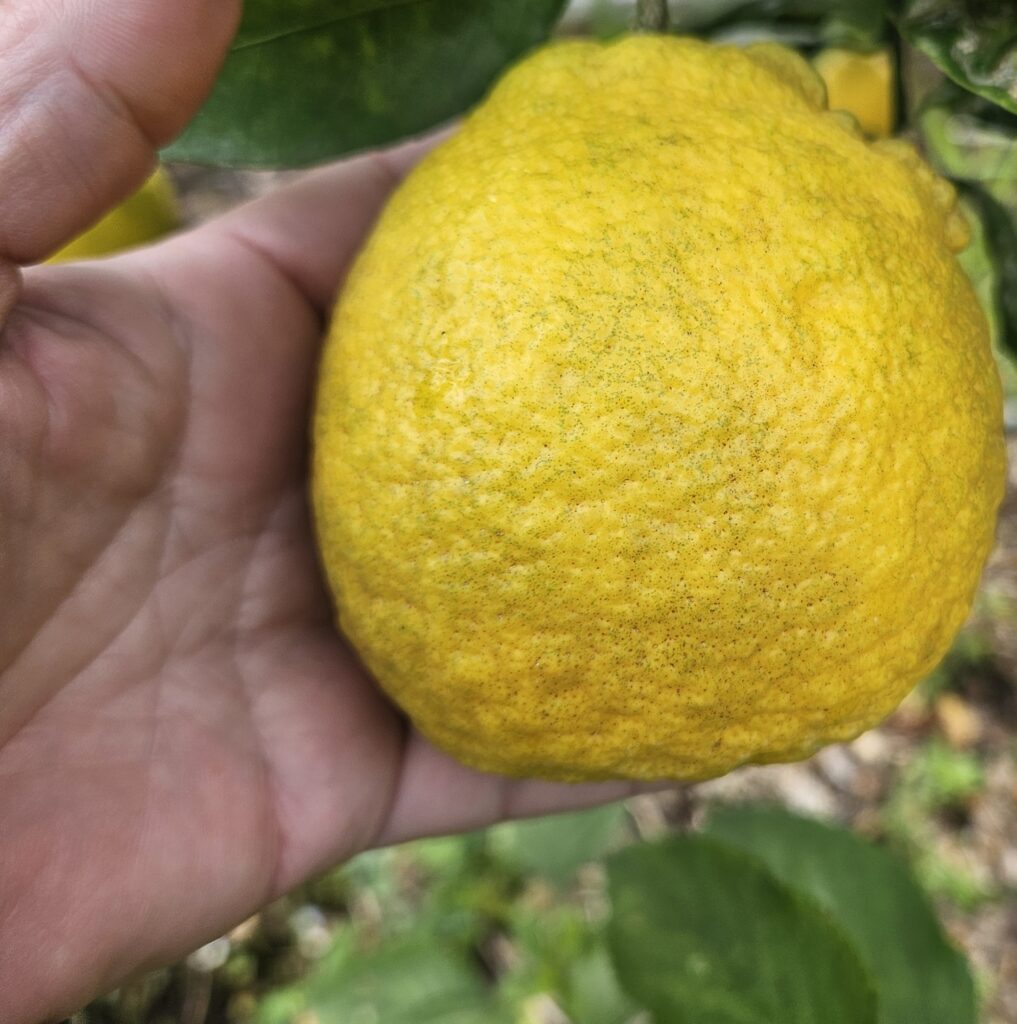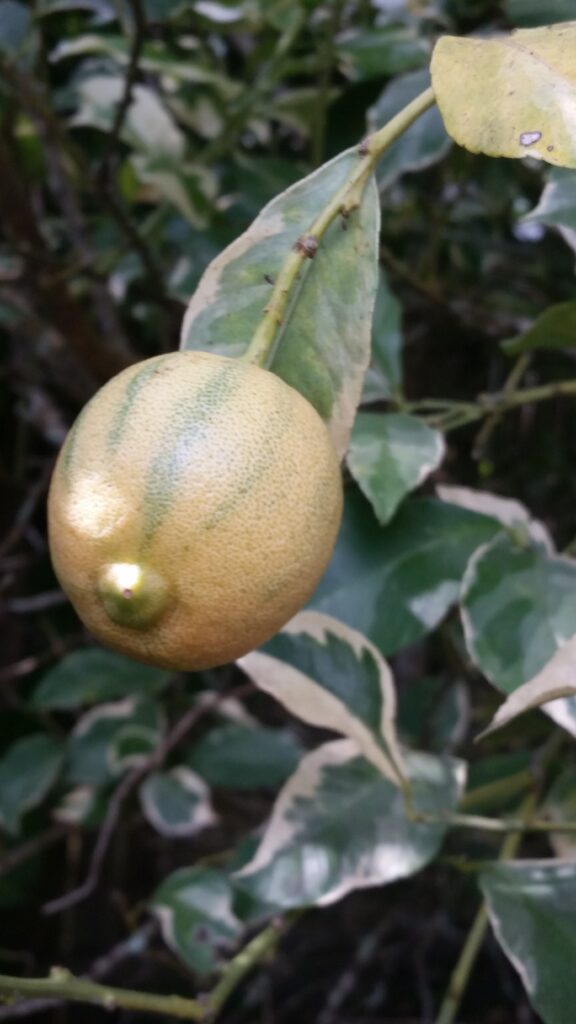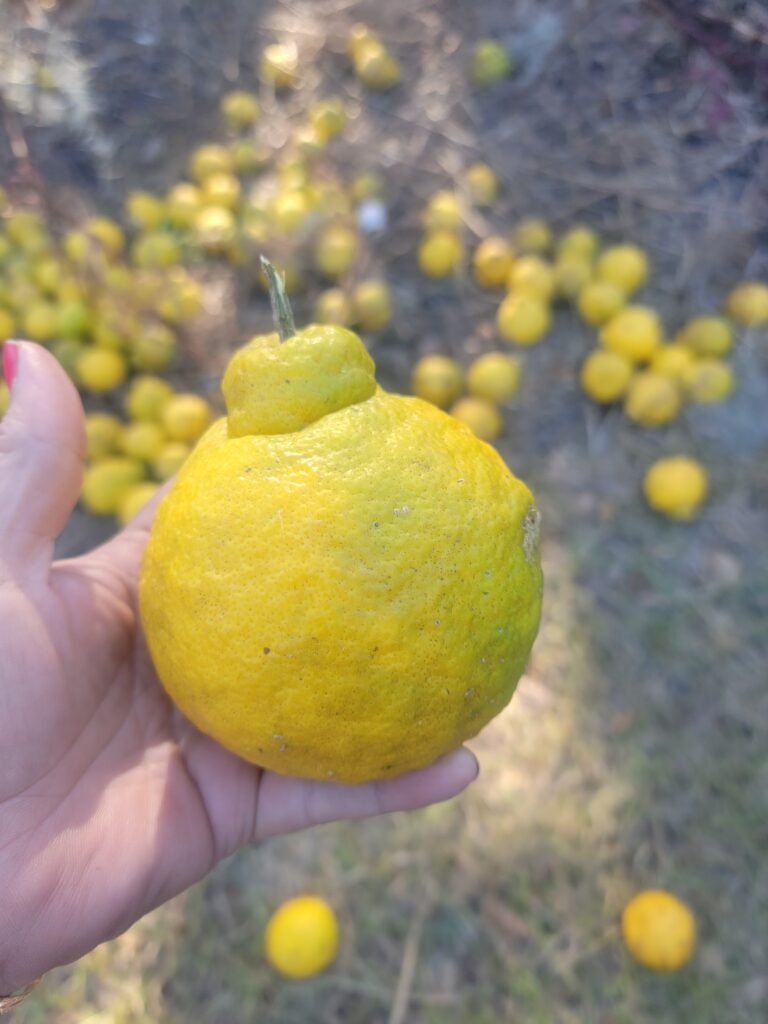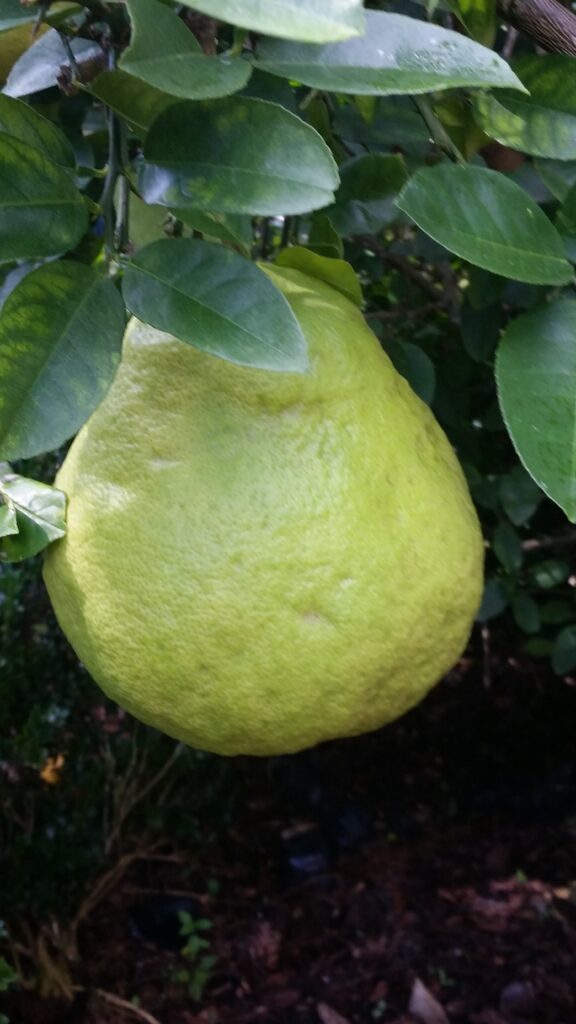S & J Nursery’s Guide to …
Growing Lemon Trees for the Northeast Florida Landscape
(Citrus limon Burm.f.)





Northeast Florida’s Long History with Lemons:
Lemons date back deep into the roots of our Northeast Florida area gardens. Citrus seeds were brought by the Spanish to Florida in the early 1500’s. And although little mention of them was made at the time, historians believe that lemons may have been grown in what is now St. Augustine Florida as far back as 1579.
Records indicate Lemons being grown in Northeast Florida in 1839, and by the 18th century Lemons and other citrus cultivars could be found growing wild throughout much of Florida’s forests. Cultivated Citrus groves had been planted along the St. Johns river where temperatures were ideal for sheltering Citrus trees from the cold.
It is thought that Lemons, although not the cold hardiest of citrus cultivars, had survived our area frosts successfully because they were planted from seeds and would have been able to regrowth new foliage from the roots even in the worst of Northeast Florida’s winters.
Lemon Tree Varieties as Northeast Florida Garden Accents
The blooms smell and look great on lemon trees. The white flowers have a pink tinge to the underside adding just a bit of decorative flair to their wonderful perfuming ability. Like all of the Citrus family, Lemon trees are a nice accent specimen for the garden’s landscape.
Where to Plant Lemon Trees In the Jacksonville, Florida Area Landscape
Lemon trees planted into areas in North or West Jacksonville area will need protection from cold by covering the trunks with insulating material and a freeze cloth over the top when temperatures drop to freezing during the winter. South areas of Jacksonville or areas with micro-climates created by nearby bodies of water, tall buildings and trees etc. should be able to have fairly trouble free plants that may need occasional winter protection during hard frosts and sudden temperature drops.
Plant your lemon trees in well draining soils on the South side of the house, near tall native Pine trees or other frost blockers like fences or garden walls and sheds, or in any frost free area of your landscape where they will receive adequate sunlight.
St. Augustine is always a few degrees warmer than Jacksonville during any cold spell. But that doesn’t mean young trees can be left out to fend for themselves. I don’t bother to protect my lemon trees from winter frosts, but one of these days I will pay the price for it, I am sure.
Remember to watch for drastic temperature changes, where the weather, as it so often likes to do here in Northeast Florida, quickly goes form a warm 70-80 degrees to an overnight low of 32 or less. Cover your tree trunk paying close attention to the bud graft at the base of the trunk during drastic temperature drops or long lasting freeing temperatures, especially on newly planted or younger trees. And of coarse, make sure that they are getting that last dose of fertilizer in summer, and remember not to trim after September.
Oh, For the Love of Lemons ….
The tale of My 5 Different Cultivars of Lemon Tree
It started when I was young, a friend handed me a slice of her lemon with some salt. Children seem to love sour things and I was no exception. I loved it, and have eaten lemons ever since. (much to my mother`s dismay, who always has a very motherly word of caution about tooth enamel when she sees me eat a lemon whole)
Lemons are perhaps my favorite fruit tree, in my St. Johns Florida area garden of 21 fruit trees that I have planted so far, 5 of them are cultivars of lemon trees.
It’s my Nanny’s fault. (that’s what we called my grandmother) She came to visit us in Florida during the winter one year and we had some lemons from a friends tree. They were large, dark skinned, sweet and delicious. And much to my surprise my Nanny loved them every bit as much as I did, and ate them whole right along with me! We never did find out what cultivar of lemon they were, but my mom would try to bring her some every time she found some.
Fast forward 10 years, and as an adult, I set out to find that special lemon, that my lemon loving Nanny and I had fallen in love with. It was forever tied to my Nanny in my mind, I guess I felt that we shared the love of Lemons, and I must have gotten that from her, as no one else in my family thought of lemons as anything special. So, I was determined to able to send her some of her favorite lemons.
I planted the most popular lemon tree first, Eureka was what everyone seemed to want at the Nursery. So I finally bought a little one to see if that was the lemon I was looking for. After its second harvest, I decided to plant a Ponderosa lemon tree, all the grower information said it had large fruits, so I figured I had it right this time, it had to be it! What I didn’t know, but quickly learned that first year when my Ponderosa tree put out it’s fruit was, large lemons meant football sized lemons on a Ponderosa tree! So that wasn’t the lemon I was in search of for my Nanny either.
Frustrated at that point in the game, I added a variegated Pink Lemon tree to the garden just for fun. So with three lemon trees in the ground, I finally ran across a Meyer`s lemon and planted it. There, finally I had the large dark skinned, sweet, delicious, bold, lemon flavored cultivar that I was searching for. If only I had the internet back then, I could have saved myself a lot of trouble!
My Nanny never did get any of her lemons, she passed away before my Meyer`s Lemon tree got large enough, but to me, they are still her lemons none the less. Still today, many years later, I think of her each year when my lemon trees are full of big beautiful lemons and wish she was still here to send her a box of her favorite lemons.
I have added one more lemon to the mess since that time, being touted as ‘sugar sweet’ I couldn’t resist. I bugged my South Florida Citrus supplier till he located one for me and sent it up for me to try. It has quickly become my favorite, it is in its second winter season now and still a young tree. I pray every time the temperature drops that it will not freeze! It is an unusual, and for some reason nearly impossible to find cultivar that has a small, rounded, almost pear shaped lemon that you can peel and even if you are not crazy like me, you can eat the lemon wedges whole. The Sambokan lemon has such a high sugar content that it tastes like lemonade right from the get go. I know my Nanny would have LOVED that lemon too, just like I do.
I live within a mile of the St. Johns river with lots of tall mature trees around me that create a microclimate that so far has allowed my lemon trees to thrive. Which admittedly, leaves me with the problem of what to do with all those lemons every year. Neighbors, coworkers and friends are always glad to help me use them up! And I do love my lemon trees, I just can`t seem to not think that each variety I have planted isn`t unique and essential, so using lots of lemons is quickly becoming a winter garden task to keep me busy till the weather warms and I can get out and plant my spring vegetables.
So that is the tale of my 5 lemon trees. Maybe I am a bit nuts, but if you can grow them, why not? If nothing else, it will teach you that when life gives you lemons, make lemonade, and lemon curd, and lemoncello, and preserved lemons, and lemon cookies, and lemon pound cake, and dehydrated lemons, and lemon pie, and lemon herb butter, and lemon sorbet…(and Lemon bars-H)
Happy Harvesting!
Lemon Cultivars for Northeast Florida Gardens
Bearss Lemon

